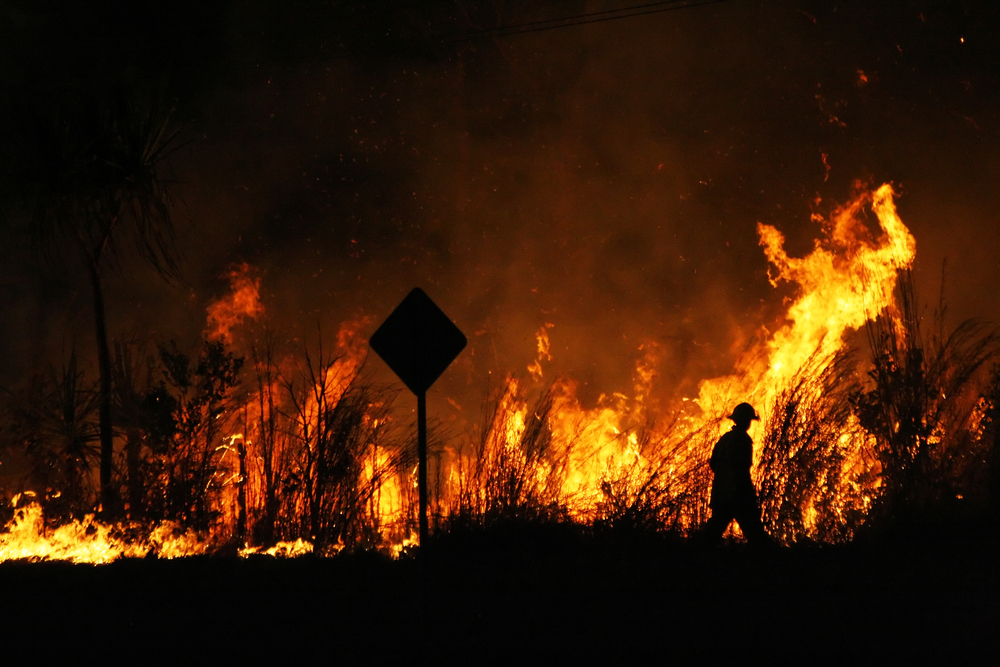After a year of floods, bushfires, cyclones, drought and the COVID-19 pandemic, resilience is finally part of the national agenda.
The National Recovery and Resilience Agency is the new Australian Government body responsible for the coordination of the whole-of-government recovery and resilience arrangements.
Hopefully, this national leadership and coordination means that Australian communities impacted by disaster will be better supported.
The Importance Of A Federal Government Role
The National Recovery and Resilience Agency was established in response to the Royal Commission into National Natural Disaster Arrangements, led by the Hon Shane L Stone AC QC.
The Agency combines expertise in natural disaster response, recovery and resilience and brings together the National Drought and North Queensland Flood Response and Recovery Agency and National Bushfire Recovery Agency.
From 1 July, the Agency will also take over the disaster risk reduction and recovery functions from the Department of Home Affairs, and will manage the Rural Financial Counselling Program from the Department of Agriculture, Water and the Environment.
Putting People And Communities First
The Agency will be working on-the-ground with affected communities with a guiding principle of locally-led recovery, as well as liaising with all levels of government and industry.
At corporate2community, we know that when it comes to recovery and resilience it is so important there’s a combined top-down and community-up approach. It is extremely important to harness a community’s collective level of expertise to support government authorities when dealing with major incidents.
It’s also fundamental that the community is supported from a capability perspective to enable them to self-lead effective recovery and resilience. Strategic leadership, stakeholder engagement and disaster risk understanding is something we can (and should) teach our communities.
Will the National Recovery and Resilience Agency Do Disasters Differently?
Our initial impression is that there’s a lot of discussion about disaster recovery in the Agency’s communications, with less emphasis on how it will deliver initiatives to reduce risk and lessen the impacts of future shocks.
However, we know that building resilience is equally important as promoting recovery. A community’s capacity to prepare for, respond to, and recover from the challenges that confront it means we can be proactive and not just reactive when faced with inevitable future disasters.
In our experience, a key stakeholder group that is often overlooked during all stages of a disaster lifecycle is the business sector.
When a natural or other disaster hits, we need to position our business community to be ready to adapt and get back up operating as soon as possible.
Much like a community’s focus on putting kids back in school soon after disaster, we need to start thinking the same for businesses. Businesses need to be able to continue operating if they want to continue bringing money and purpose to individual owners and operators, as well as the whole community.
We very much hope that businesses, and reducing their vulnerability to risk, is a key part of any future focus of the new Agency.
While we can’t predict disasters, we should be prepared for them
We have seen a lot of good progress in disaster recovery and resilience in Australia but there’s still more work to be done.
The National Recovery and Resilience Agency is a great step towards building a major focus on resiliency in this country. And we are looking forward to working with the new Agency to deliver meaningful solutions that create a lasting impact.


Recent Comments